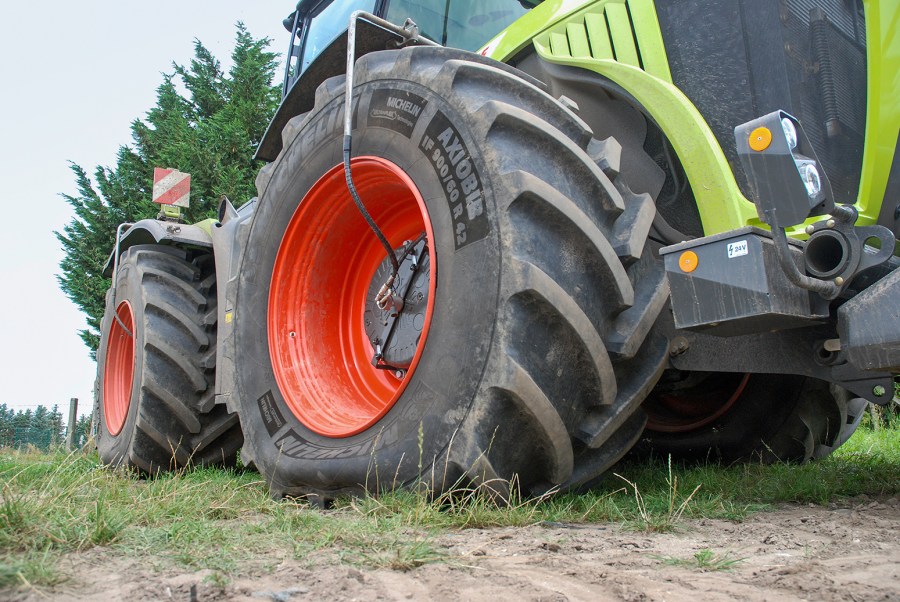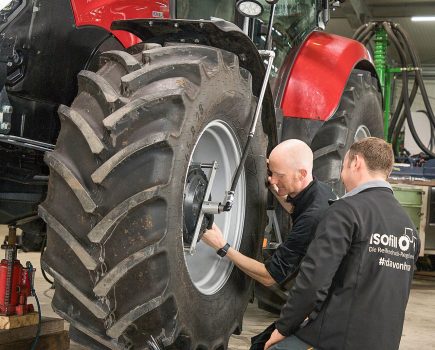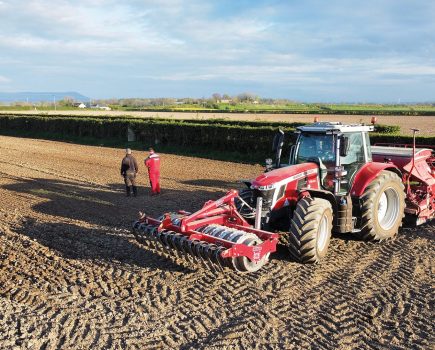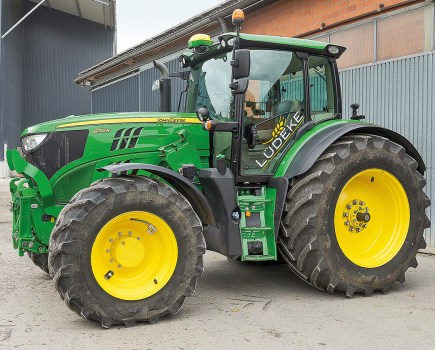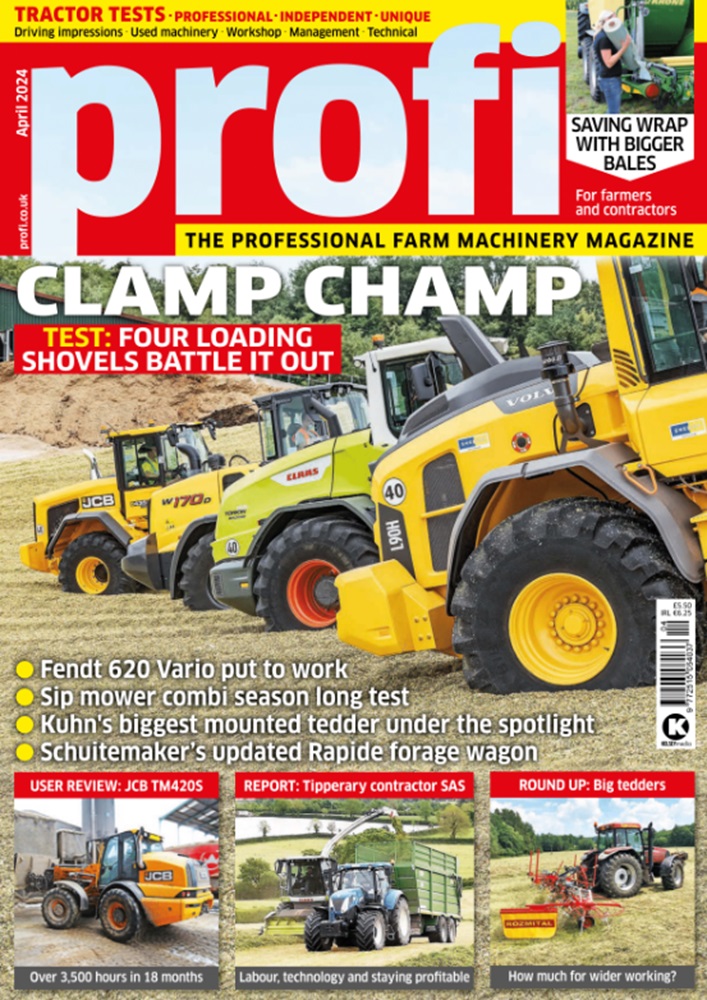TECHNICAL: Roger Stirnimann, from the University of Agricultural, Forest and Food Sciences (HAFL) in Switzerland, discusses the basics of tyres and ground pressure and how they can result in compaction.
Tractors are now typically clad with radial tyres rather than cross plys. Their volumes have been increased over the years, although diameters have not followed suit (see the illustration “The volume is growing”). Lots of air, lots of load capacity The advantage of more air in a tyre is that the wheel can carry a higher load. Or vice versa: the larger the tyre volume, the less air pressure is required to carry the same wheel load. The new carcasses with IF (High Flexion) or VF (Very High Flexion) technology offer a 40% higher load capacity or reduced air pressure.
However, tyre technology cannot overcome “the field/road dilemma” (see the illustration to the right). A high inflation pressure leads to deep ruts in the field, which costs a lot in energy yet reduces rolling resistance on the road. Likewise, a low tyre pressure increases rolling resistance and wear on the road but increases the footprint in the field, which, in turn, reduces rutting.
The easiest way to solve this dilemma is the use of a central tyre pressure control system (profi 9/2022). At the touch of a button, the pressure can be adjusted to the conditions. Alternatively, there are cheaper options — for example, using the Airbooster system (refer to page 50 of this issue).
For more up-to-date farming news click here and subscribe now to profi and save 47%.

